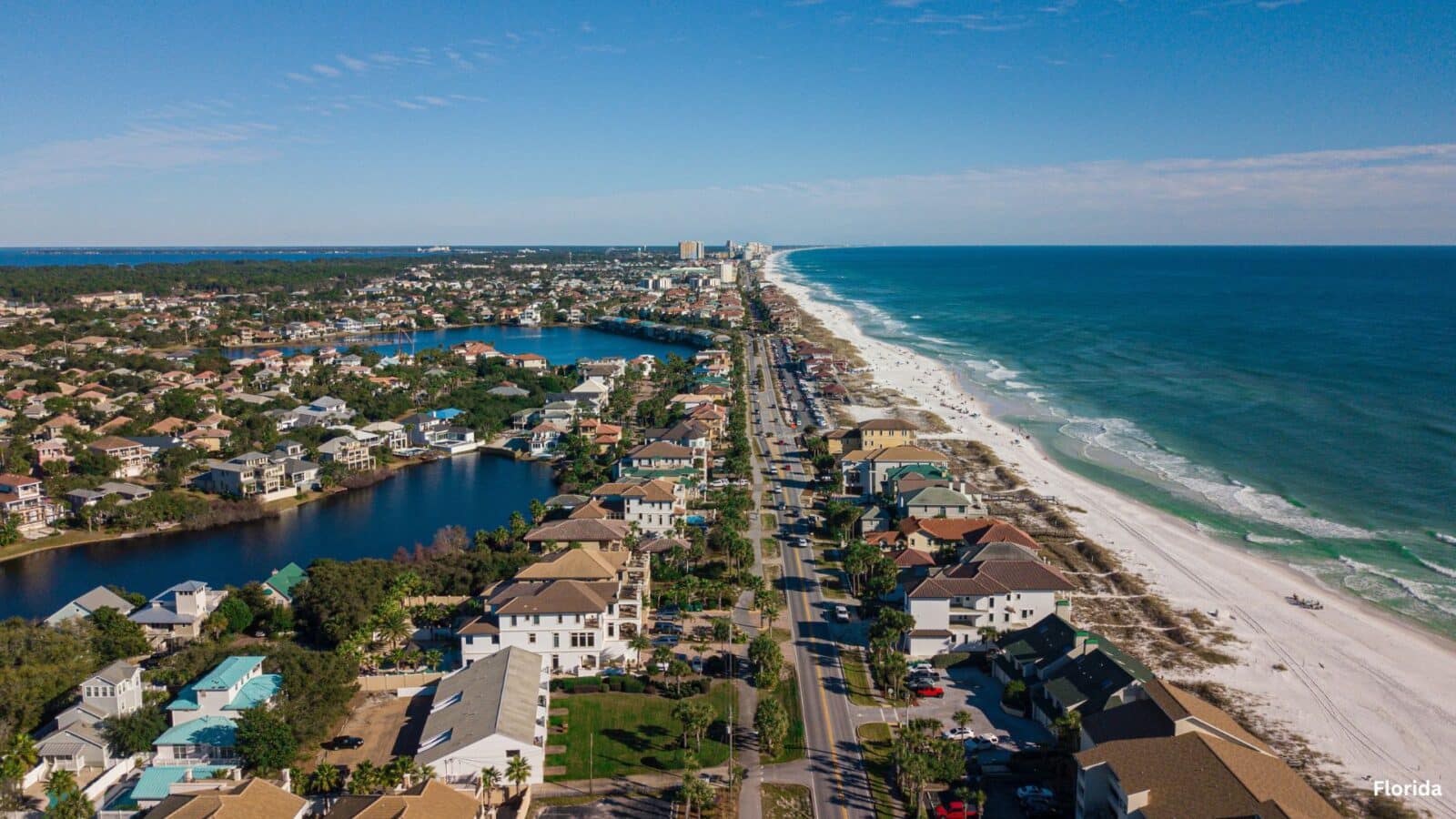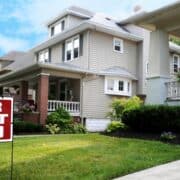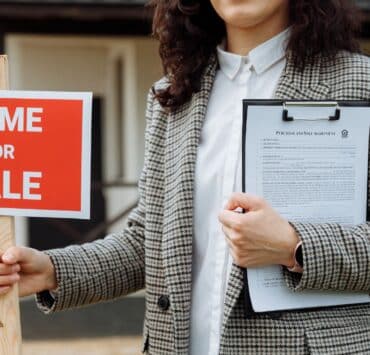Rising insurance costs in Florida are putting immense pressure on homeowners, with skyrocketing premiums driven by storm risks and natural disasters. This issue, compounded by increasing hurricane activity, is leaving many residents struggling to keep up with the financial burden of insuring their properties. According to recent reports, premiums in some areas have surged by as much as 400%, making Florida one of the most expensive states for home insurance. As these costs continue to rise, more homeowners are finding themselves stuck with properties they cannot sell due to the excessive expenses tied to maintaining coverage.
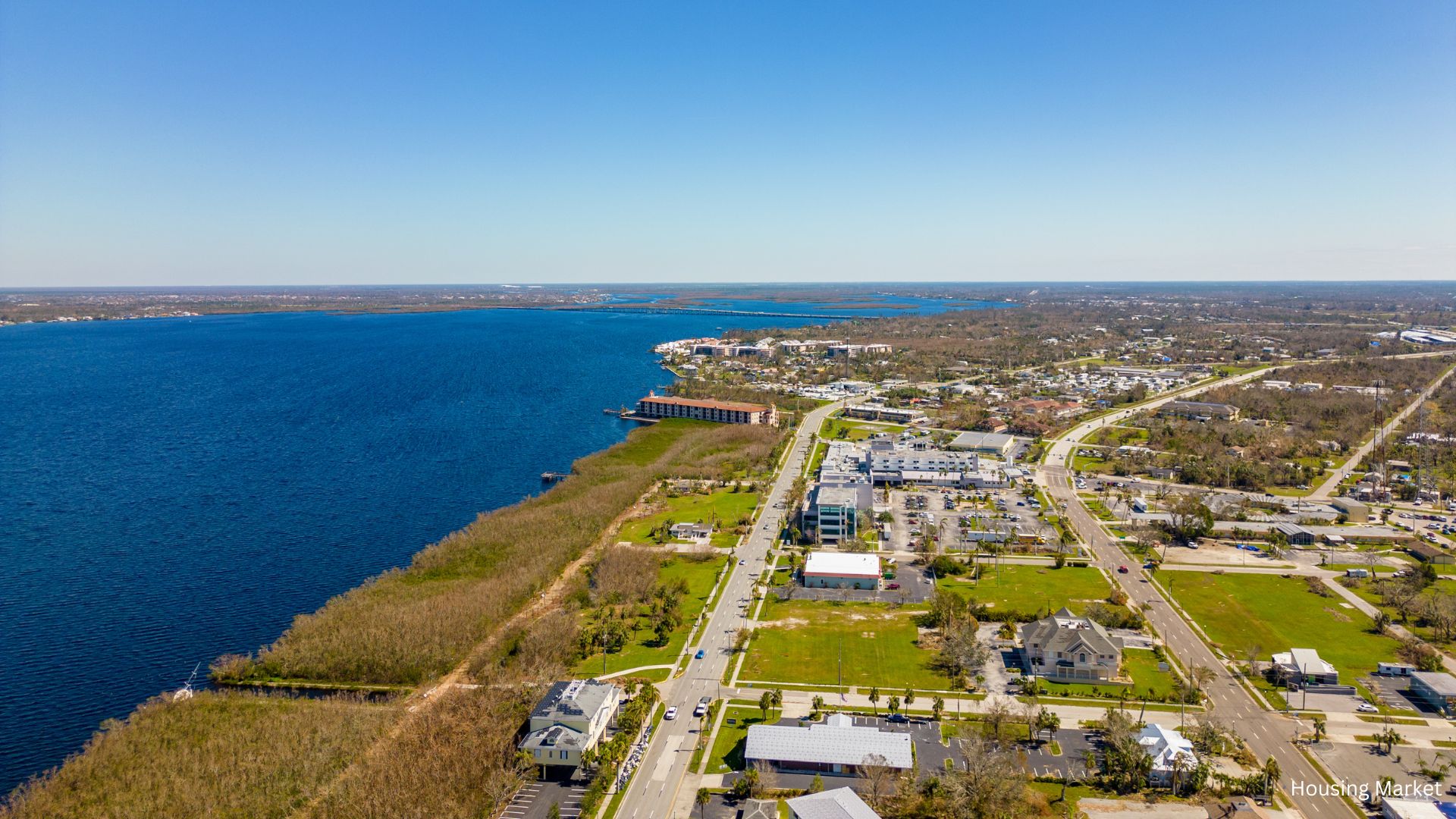
Rising Insurance Costs in Florida
Why Are Insurance Costs Rising?
Several factors are contributing to the rising insurance costs in Florida. The state’s vulnerability to hurricanes is one of the primary drivers, with recent storms like Hurricane Helene and Hurricane Milton further exacerbating the issue. In response to these frequent natural disasters, insurance companies have raised their premiums, passing the costs onto homeowners.

This rise in insurance rates has become unsustainable for many residents, as illustrated in an article from Yahoo Finance highlighting how some homeowners are now paying double their previous insurance costs to hurricanes, stricter building inspection laws introduced after the 2021 Surfside condo collapse have added another layer of financial strain on Florida homeowners.
Older buildings are being forced to undergo costly structural repairs, which are often funded by special assessments passed down to condo owners. This further drives up the cost of owning property in Florida, creating a market where high insurance premiums are deterring potential buyers.
The Impact on Florida’s Housing Market
The rise in insurance costs is not only affecting homeowners but also the broader Florida housing market. Many sellers are now struggling to offload their properties, even after significant price reductions. In cities like Tampa and Orlando, housing inventories have grown by 50%, while demand has decreased by 10%. This situation is creating a housing market correction, with analysts predicting further price deterioration in certain areas.

For homeowners like Anthony Holmes, the financial impact is severe. After investing in a home during the pandemic, Holmes found himself unable to sell his property despite multiple price reductions. His experience reflects the growing trend across Florida, where rising insurance costs are leaving homeowners stuck with properties they cannot afford to maintain or sell.
How Homeowners Can Navigate Rising Insurance Costs
Given the unpredictability of hurricanes and the continuous rise in premiums, homeowners are seeking ways to manage these escalating costs. Some have opted to shop around for new insurers or reduce coverage to make policies more affordable. Others are considering mitigation measures, such as fortifying their homes against storm damage to potentially lower their premiums. While these solutions may help in the short term, the larger issue of rising insurance costs in Florida remains a long-term challenge that will require systemic changes in the state’s insurance industry and disaster preparedness policies.
The Future Outlook for Florida Homeowners
The rising insurance costs in Florida show no signs of slowing down, especially with the state’s ongoing exposure to hurricanes and other natural disasters. While some areas, like Miami, remain resilient thanks to wealthy cash buyers, most of Florida’s housing market faces a grim outlook. As insurance premiums continue to soar, more homeowners may find themselves in the same position as Anthony Holmes—stuck with properties they cannot sell and burdened by overwhelming costs.
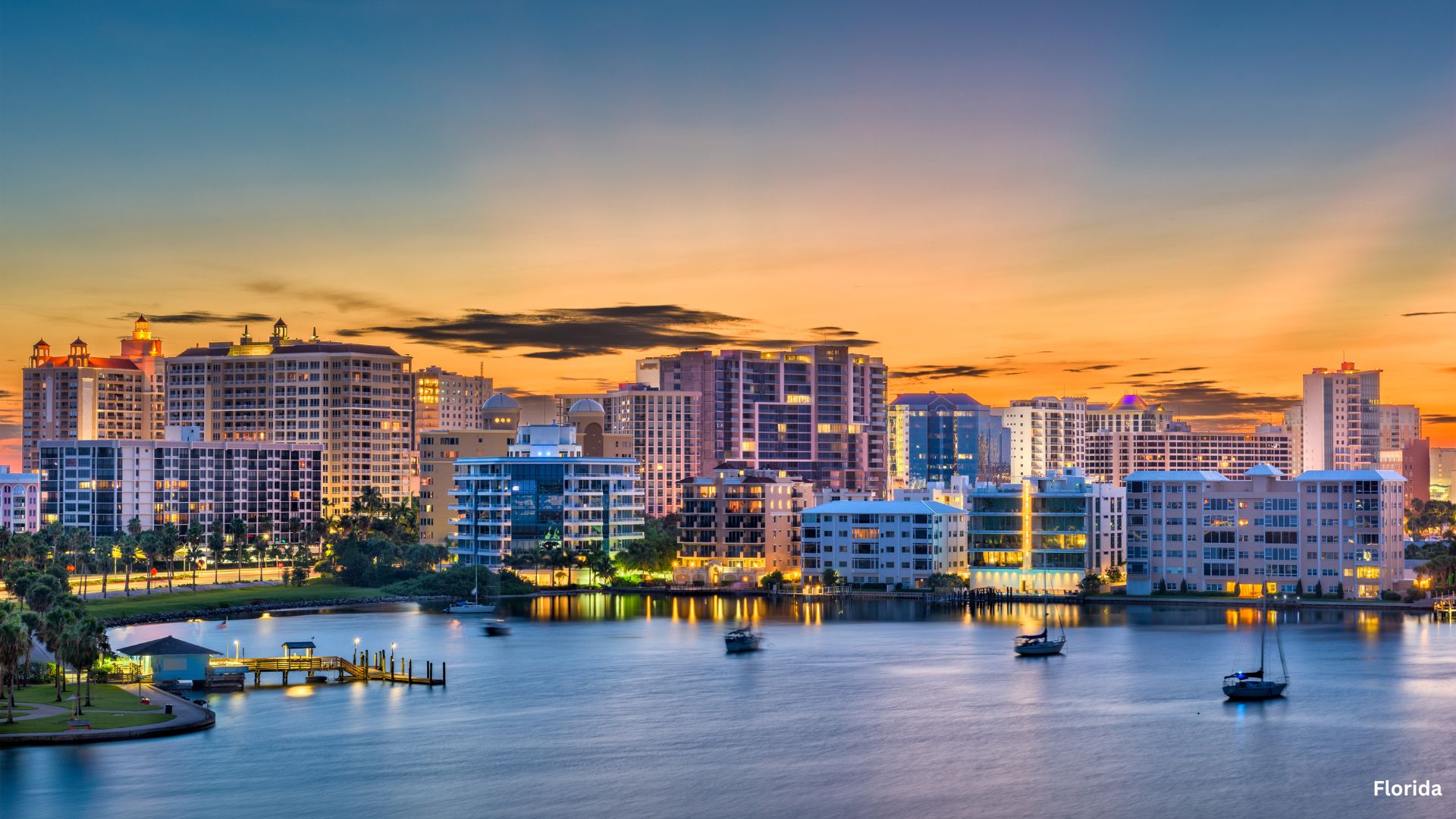
The rising insurance costs in Florida are creating a challenging environment for both homeowners and the housing market. With premiums reaching unprecedented levels, many residents are struggling to maintain coverage, and potential buyers are being driven away. Addressing this issue will require a multi-faceted approach that includes policy reform, enhanced disaster mitigation strategies, and more affordable insurance options for Florida homeowners.
Related posts:
 9 Quietest Place to Live in America
9 Quietest Place to Live in America
 Mortgage Rate Drop This Fall 2024: What Homebuyers Need to Know
Mortgage Rate Drop This Fall 2024: What Homebuyers Need to Know
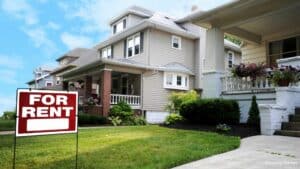 Renting is Cheaper Than a Starter Home: Why Renting Can Save You Thousands
Renting is Cheaper Than a Starter Home: Why Renting Can Save You Thousands
 Affordable Investment Properties: Top 10 Markets That Offer Great Returns
Affordable Investment Properties: Top 10 Markets That Offer Great Returns
 Third Quarter Remodeling Market: Trends and Insights for 2024
Third Quarter Remodeling Market: Trends and Insights for 2024
